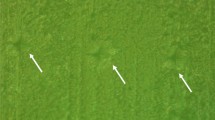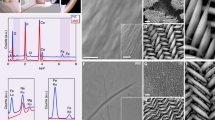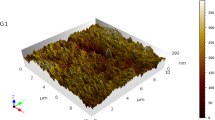Abstract
HITHERTO, poorly calcified areas in the enamel of ground sections of teeth have been detected either by their permeability to stains, insolubility in dilute acid or by their low absorption of soft X-rays (so-called Grenz-rays). Gottlieb, Diamond and Applebaum1 came to the conclusion that “it is impossible by means of microscopic ground section study, to differentiate between enamel in the matrix stage and fully calcined enamel”. During the preparation of ground sections of teeth with obviously poorly calcified areas of enamel, we were struck by the appearance of these areas when sections were examined in water by transmitted and reflected light. By transmitted light they appear opaque, while the normal enamel is translucent or transparent; by reflected light they appear white. When cleared and mounted in the routine histological manner, they become translucent, and it is often difficult to distinguish them from normal transparent or translucent enamel, but they can be distinguished from pig-mented enamel by the lack of brown pigmentation. Using these criteria, we were able to show, in proved cases of immature acid-insoluble enamel, almost complete agreement between the dark areas in the water-mounted sections and those observed on an X-ray negative after exposure to soft X-rays (Figs. 1 and 2). The soft X-rays used were produced by a commercial type ‘Raymax’ tube with a tungsten target and operated at 20 kV. peak and about 3 m.amp. emission current.
This is a preview of subscription content, access via your institution
Access options
Subscribe to this journal
Receive 51 print issues and online access
$199.00 per year
only $3.90 per issue
Buy this article
- Purchase on SpringerLink
- Instant access to full article PDF
Prices may be subject to local taxes which are calculated during checkout
Similar content being viewed by others
References
Gottlieb, B., Diamond, M., and Applebaum, E., Amer. J. Orthodont., 32, 365 (1946).
Thewlis, J., Spec. Rep. Ser., No. 238, Med. Res. Coun. (1940).
Author information
Authors and Affiliations
Rights and permissions
About this article
Cite this article
HODSON, J. Identification of Hypocalcified and Demineralized Areas in Sections of Human Enamel. Nature 175, 261–262 (1955). https://doi.org/10.1038/175261a0
Issue date:
DOI: https://doi.org/10.1038/175261a0



